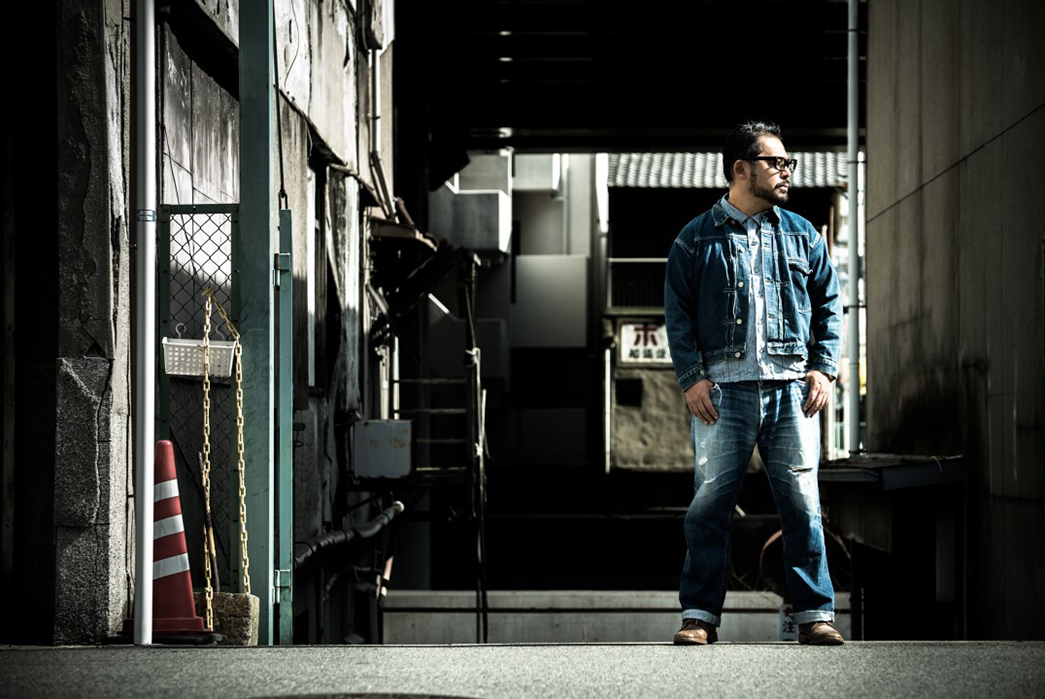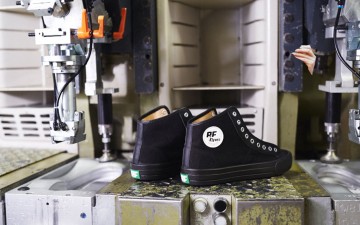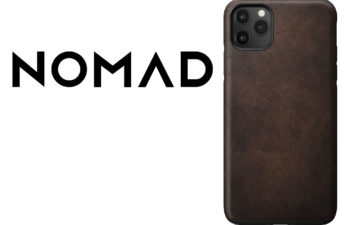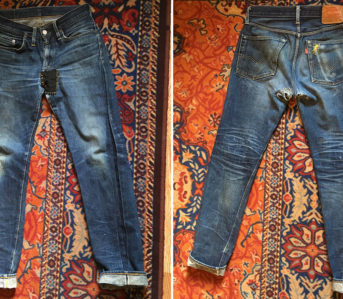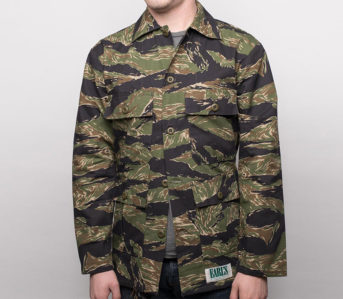Full Count is one of those brands in the back of the denimhead’s mind, but often out of reach—or at least unavailable at the majority of Western retailers. Luckily, the brand’s reputation precedes it, so even when you can’t see their legendary fabrics firsthand, you can still appreciate and lust after their gorgeous vintage-style fades.
Counted among the famed Osaka 5, Full Count’s niche within the early denim community and nuanced reproductions earned them a great deal of respect and attention and paved the way for many of the denim-makers on the market today.
In The Beginning
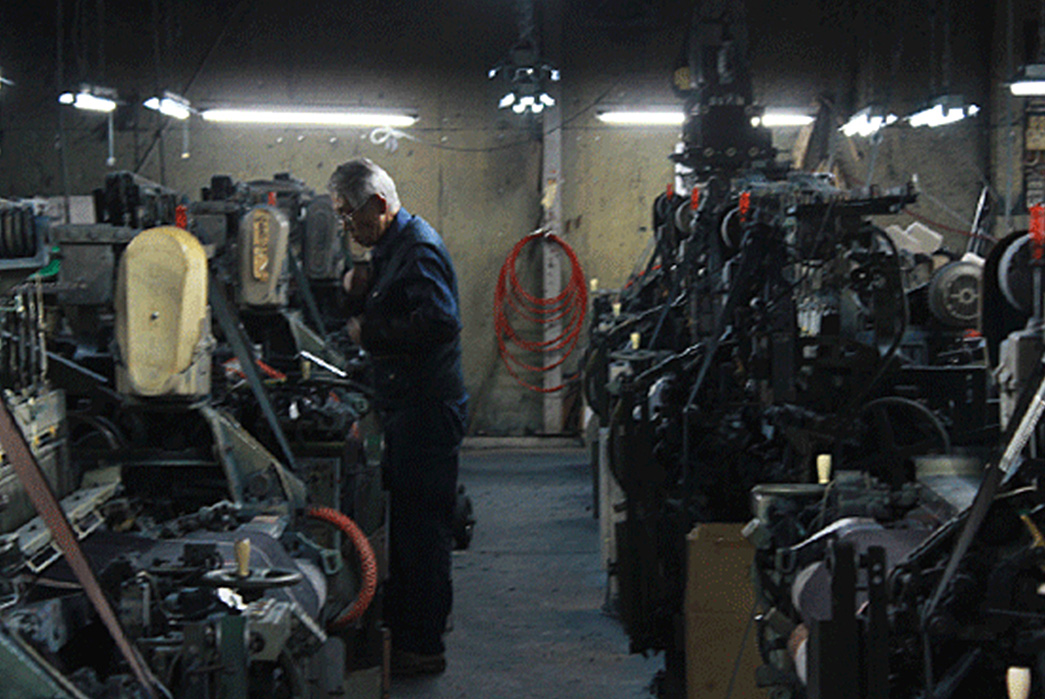
Full Count Denim on the looms. Image via Fashion Pathfinder.
By now, the simplified version of the Japanese selvedge denim story has made the rounds: a postwar Americana craze hit Japan, folks wanted high-end denim, and then the Osaka 5 delivered. But as with most things, the story is more complicated than it seems at first glance and Full Count holds a particularly privileged position among its well-loved competitors.
“Ivy Style,” marked a turning point in Japan’s pop-culture history. It was a fashion awakening for many young Japanese men, who in the postwar era were freed from the restrictive school, work, and military uniforms that had been a staying point of Japan’s westernization efforts in the prewar era. Although still reeling from WWII, certain youths began paying closer attention to style, specifically American style in Ivy league colleges.
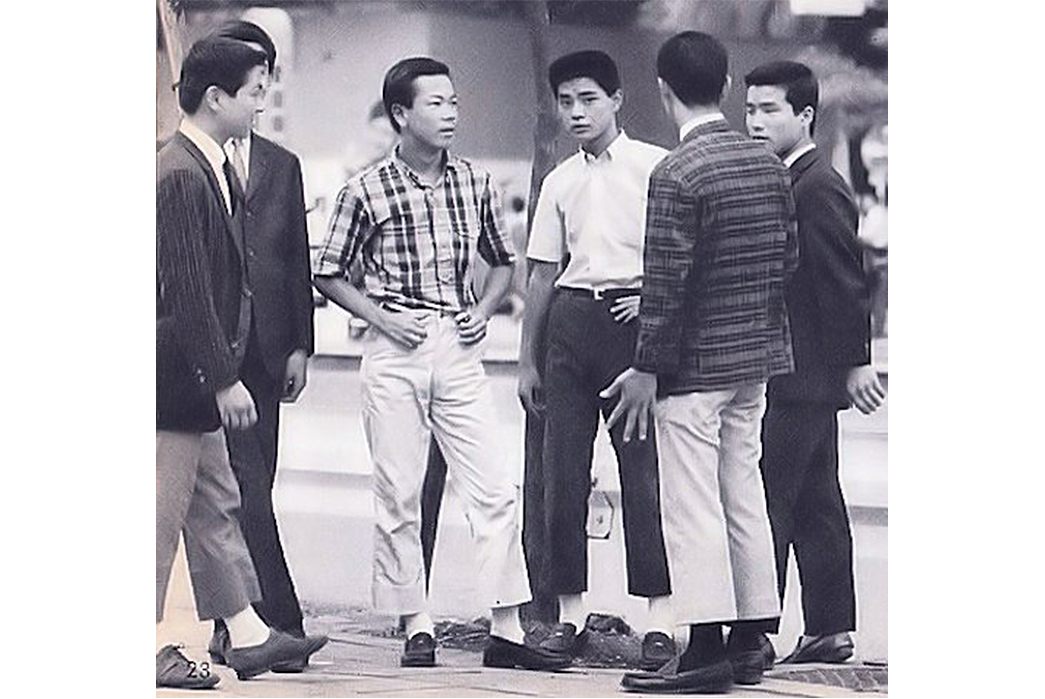
Japanese Ivy wearers in the 60s, Image via The Tweed Pig.
But there was some lag between Japan’s understanding of American style and the clothes that were actually being worn in the U.S. By the height of Ivy style’s popularity in Japan, the 1960s, the American counterculture was in full swing, eschewing those cropped chinos and penny loafers in favor of styles that were more Easy Rider than summa cum laude. This gap soon narrowed as vintage jeans began making their way to Japan and onto those veterans of Ivy style. Denim slowly became more ubiquitous, but production in Japan took the same turn that denim production was taking back home in America, kids with money wanted jeans and lots of them. Designers had to turn to projectile looms and cheaper materials to keep up with demand and for a while, no one was complaining.
A high-end vintage craze swept Japan in the 70s, which set the stage for the first of the Osaka 5’s arrival on the scene, Studio D’Artisan. Designers and consumers alike realized it wasn’t just jeans that were special, but it was those precious vintage pieces, with the unique detailing that made them special.
Mikiharu Tsujita, the future founder of Full Count, found himself drawn to vintage Levi’s 501s, clothing himself in hard-wearing Americana while many of his peers were wearing designer brands. He was a frequent shopper at Lapine, one of the first Osaka stores to bring deadstock American workwear to Japan. It was here that he met Hidehiko Yamane, the future head of Evisu, with whom he bonded over a shared love of Levi’s. Tsujita even went into business with Yamane in 1989 and worked with him for some time, before jumping ship and going his own way.
Full Count is Born
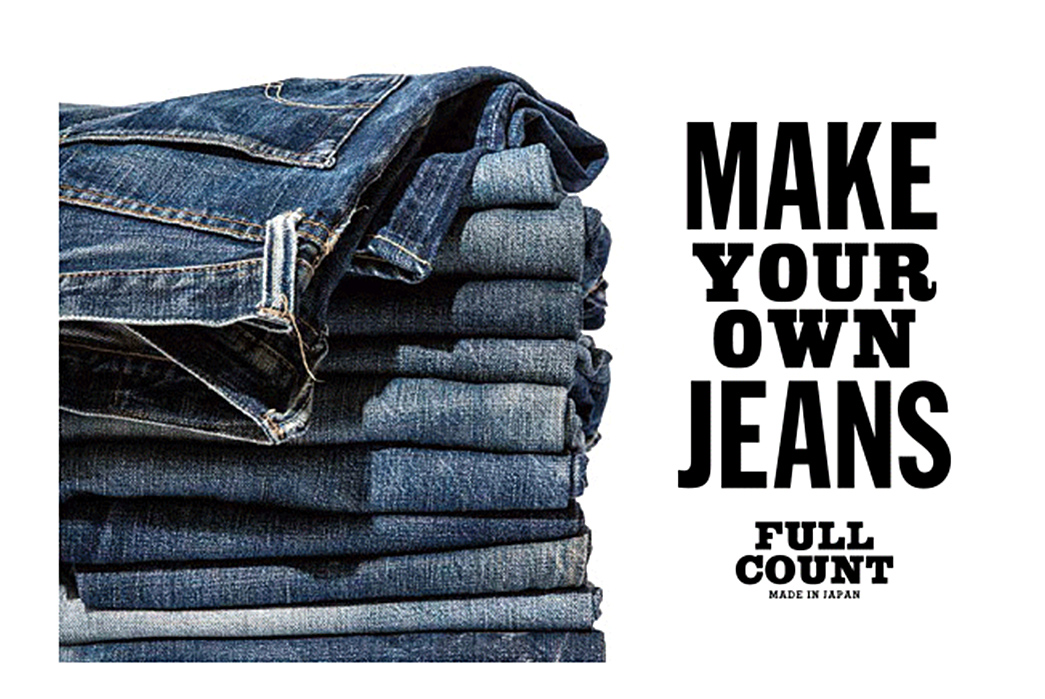
Image via Full Count.
Full Count was born in 1993, the fourth of the Osaka Five companies. Full Count would end up occupying a specific niche within the niche. Studio was making original designs based on vintage details, Denime was doing by-the-books repro designs, Evisu was edging toward streetwear, but Tsujita delved more deeply into referential material to set the standard for Japanese denim for years to come.
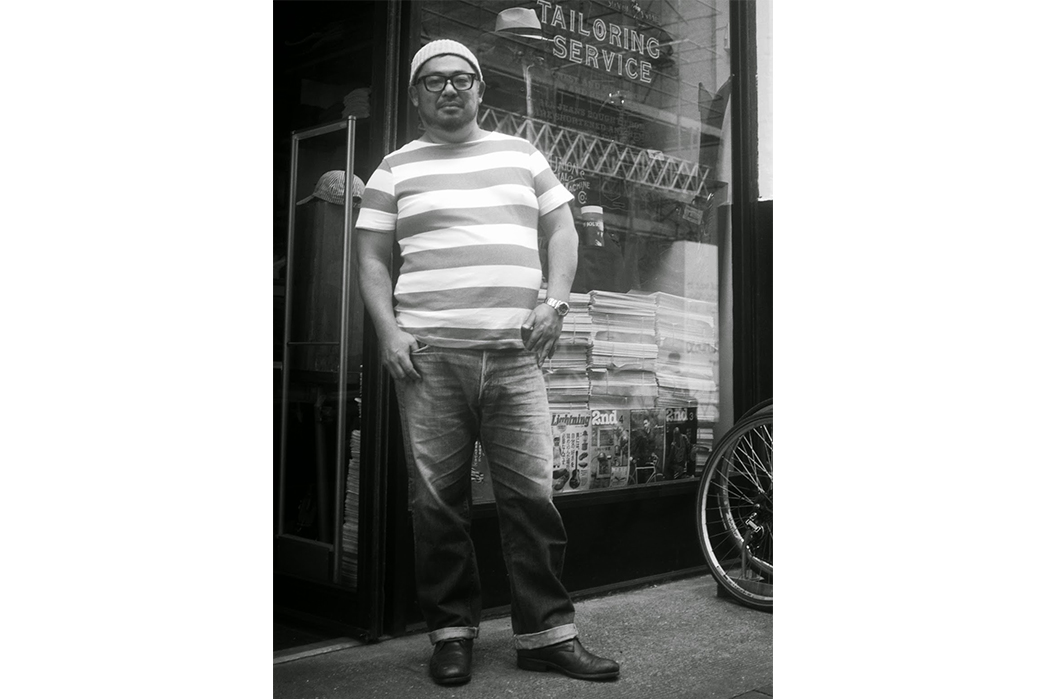
Tsujita. Image via Loomstate.
Tsujita was deeply inspired by the American workwear of the 40s and 50s and was the first of the Japanese denim brands to take a deep dive into where his denim was actually coming from. His brand was the first to use Zimbabwe extra-long staple cotton, which would wear in much like the vintage jeans of his favorite era. In order to be properly processed, Zimbabwe cotton must be picked by hand, which makes it a far more valuable commodity than machine-picked short-staple cotton. Long-staple cotton is both softer and stronger than its short staple cousin, which was very important to Full Count. Looking, as they were, at well-worn vintage pairs of Levi’s 501s, Tsujita knew that comfort would be king when it came to getting great, washed-out, vintage fades. At Full Count, they believe that just because denim is hard-wearing and durable, doesn’t mean it has to be rigid and uncomfortable.
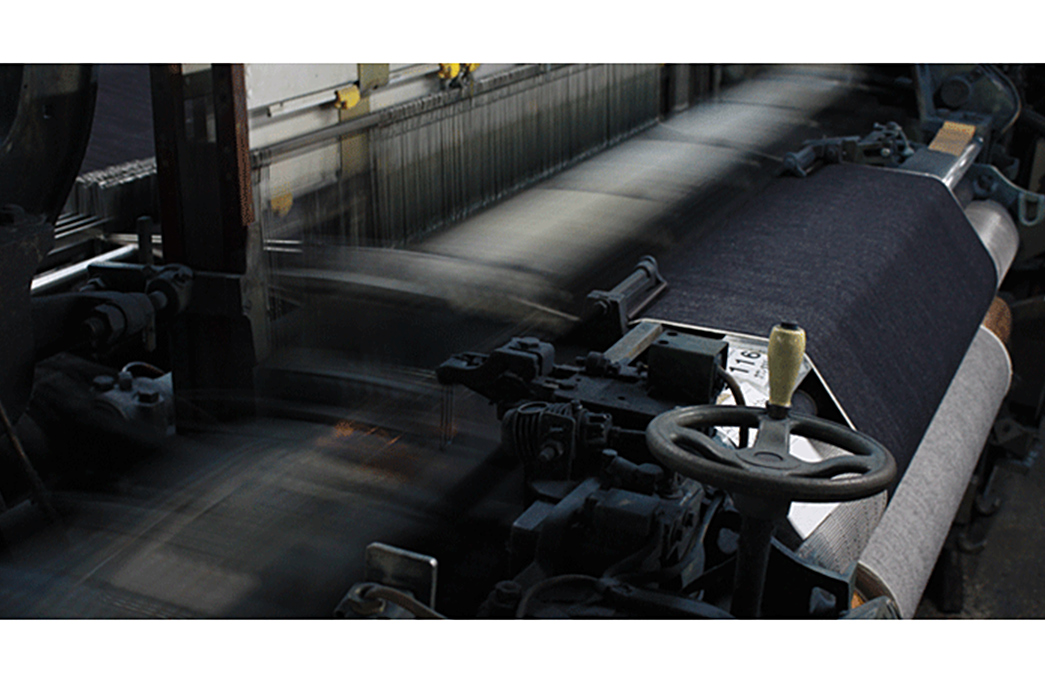
Image via Full Count.
Tsujita had a hard time finding the right place to have his denim made to his exacting standards. He searched for some time before settling on Shinya Mills, which had a couple of 1960s-era looms that had been subcontracting for Cone Mills, he was now able to get denim that was essentially the same as that used in the golden-age Levi’s he loved so much. This meant that all his denims would feature that subtle grain and stretch that made the early Cone so popular. While the competition went with abrasive, fast-fading slubs and heavyweight fabrics; Full Count would keep things classic and comfortable. In another aging-conscious move, Full Count’s jeans are sewn with 100% cotton, which breaks down at the same speed as the denim and gives yet another authentic vintage edge to the product.
Essential Pieces
0105
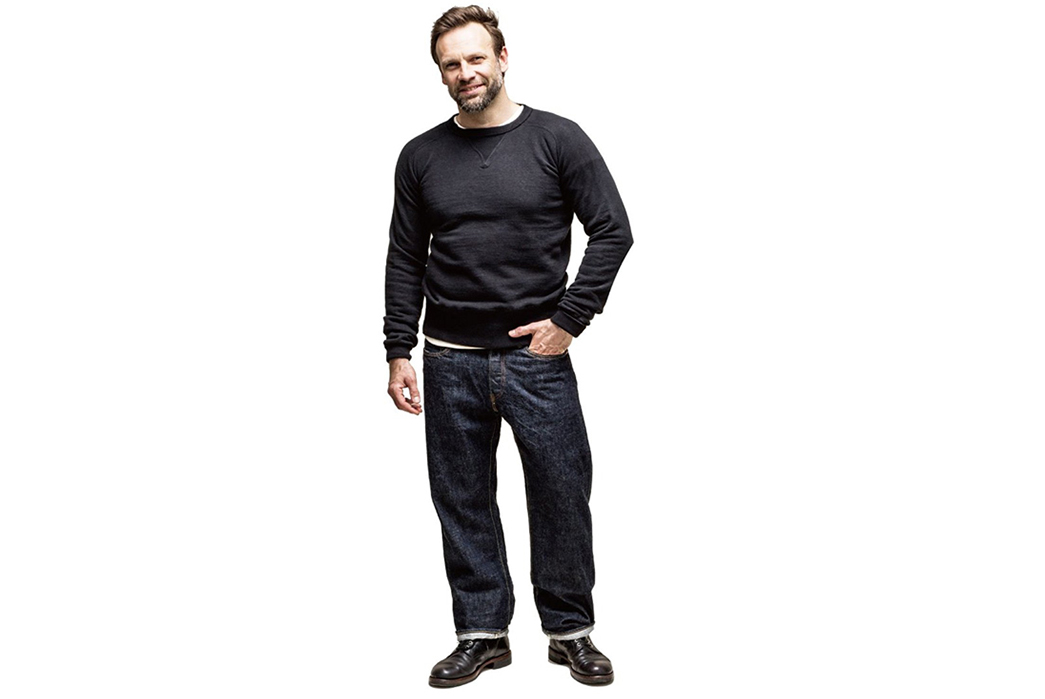
0105. Image via Full Count.
Modeled on a pair of Levi’s from 1953, the 0105 has the widest leg of the main-line Full Count jeans. It tapers ever so slightly down from the knee, but this is definitely a generously-cut garment. Although some people balk at the idea of wider jeans, with that oh-so-soft cotton and a comfy cut, this jean highlights much of what makes the brand great.
Available for £269 from Son of a Stag.
1101
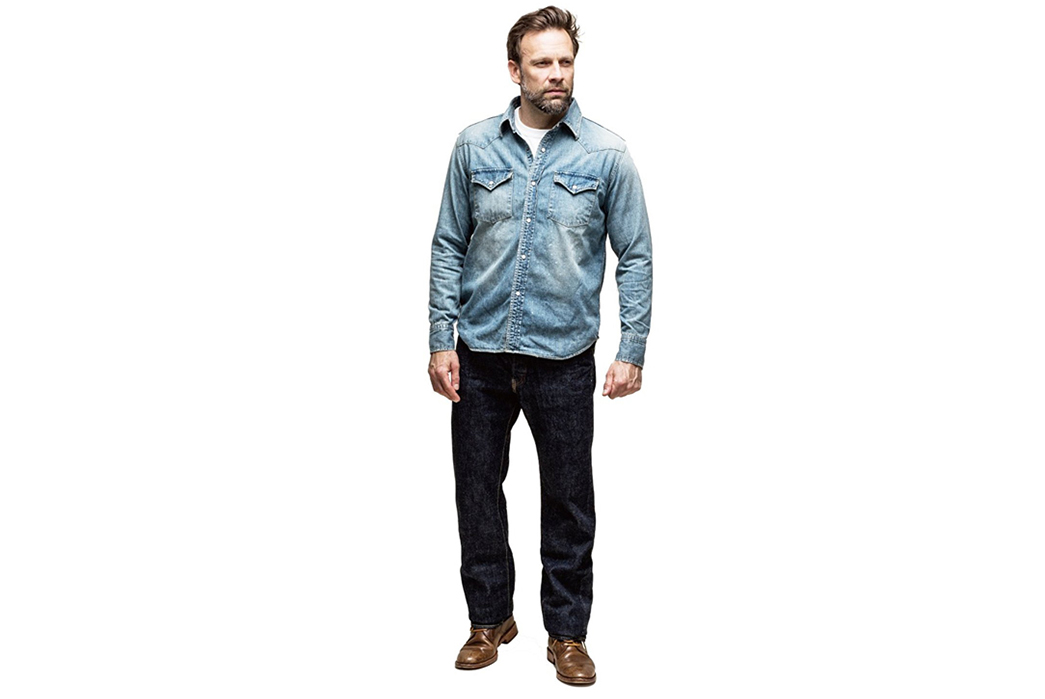
1101. Image via Full Count.
This model is a reproduction of that most-sought after era of Levi’s, the late 40s model. While still technically a straight leg, the 1101 is quite a bit more form-fitting for that extra Marlon Brando-y look. It features that same 13.75oz. denim as the previous pair, which should be comfy enough to keep you wearing these until the fades are thoroughly set in.
Available for £269 from Son of a Stag.
Triple-stitch Chambray
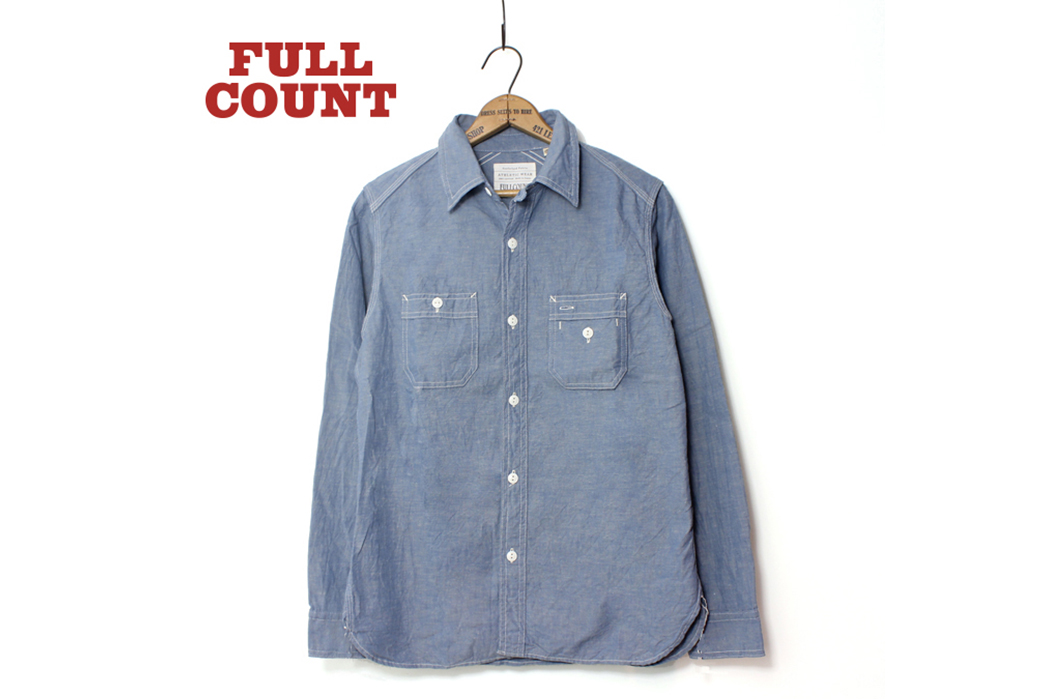
Chambray. Image via Full Count.
Full Count has been making this chambray shirt since the brand’s inception, so you know it must be good. They’ve been honing in on details and silhouette over the last 20- some years to create the perfect chambray shirt. It may be a quirk of the translation, but on the Full Count page, it hints that it can take three years for the shirt to reach its full potential. So, if you need a project… check this puppy out.
Available from Full Count.

